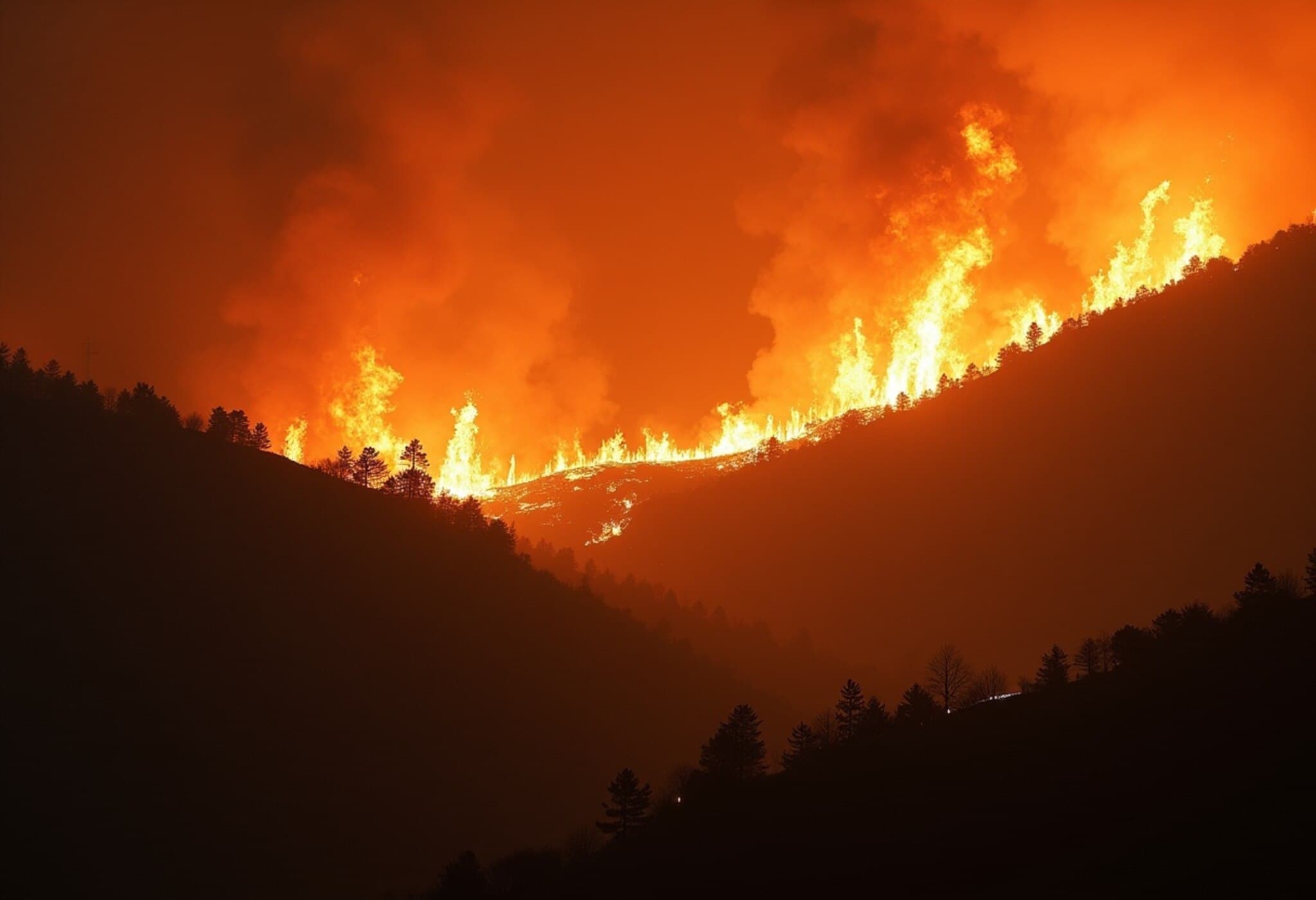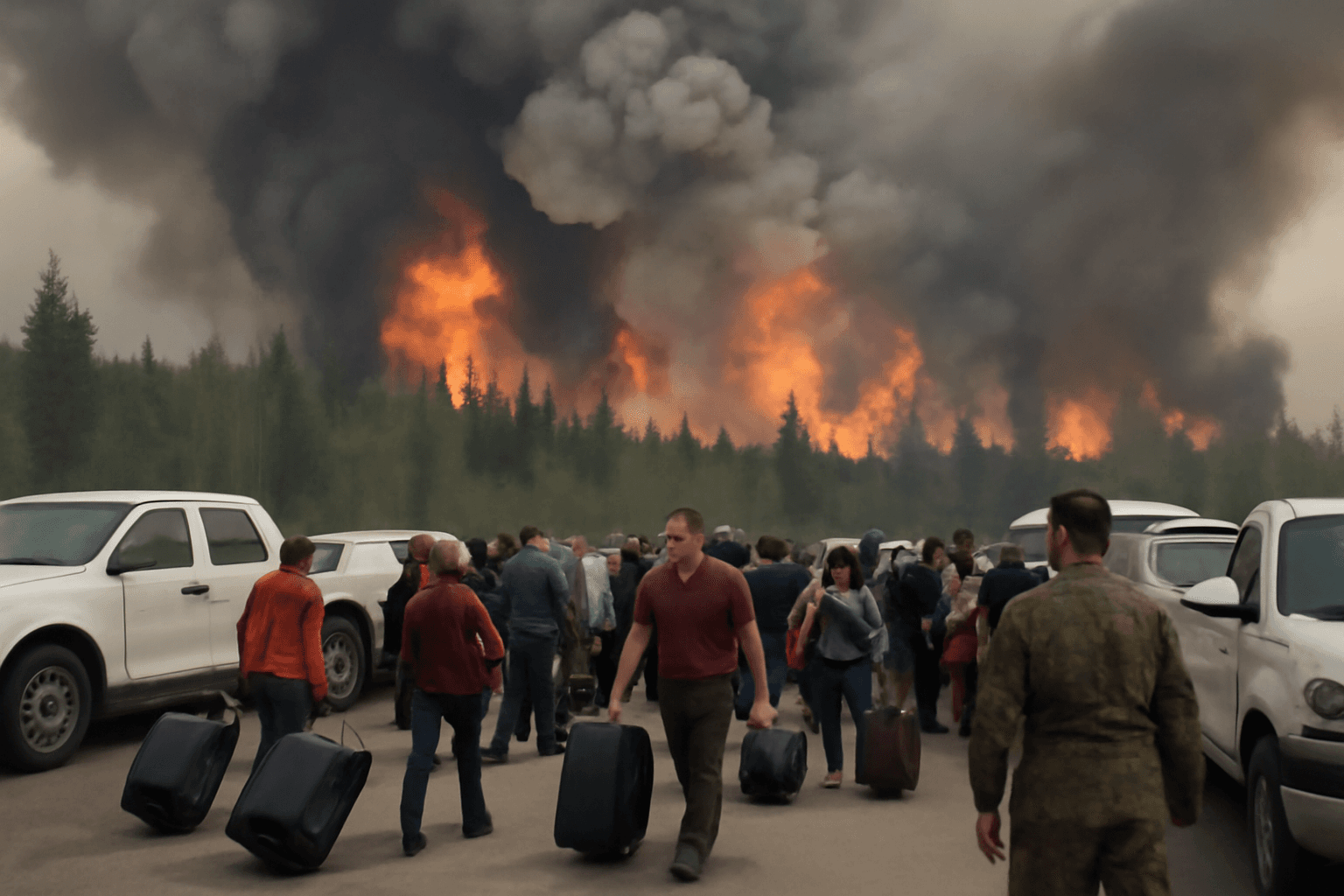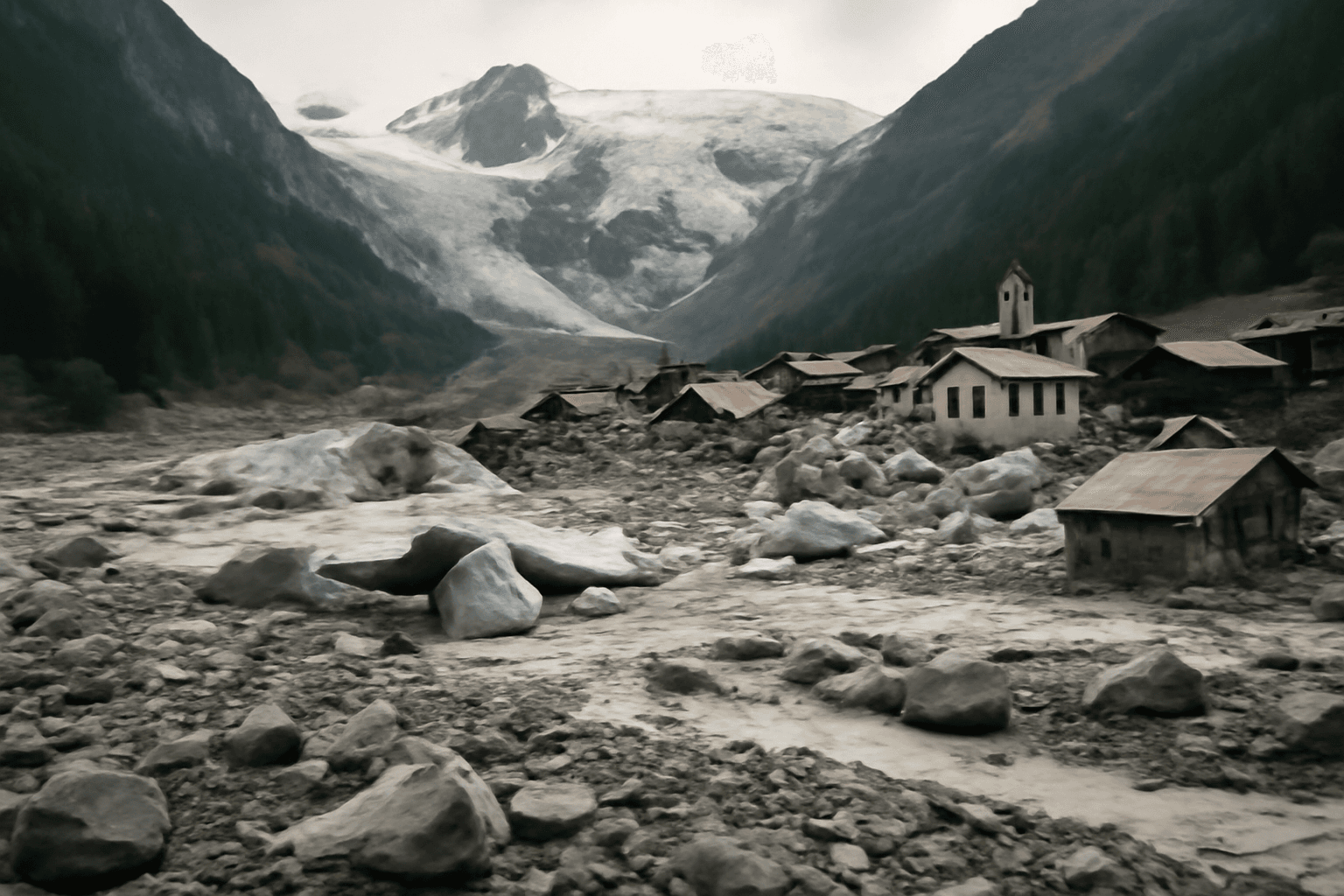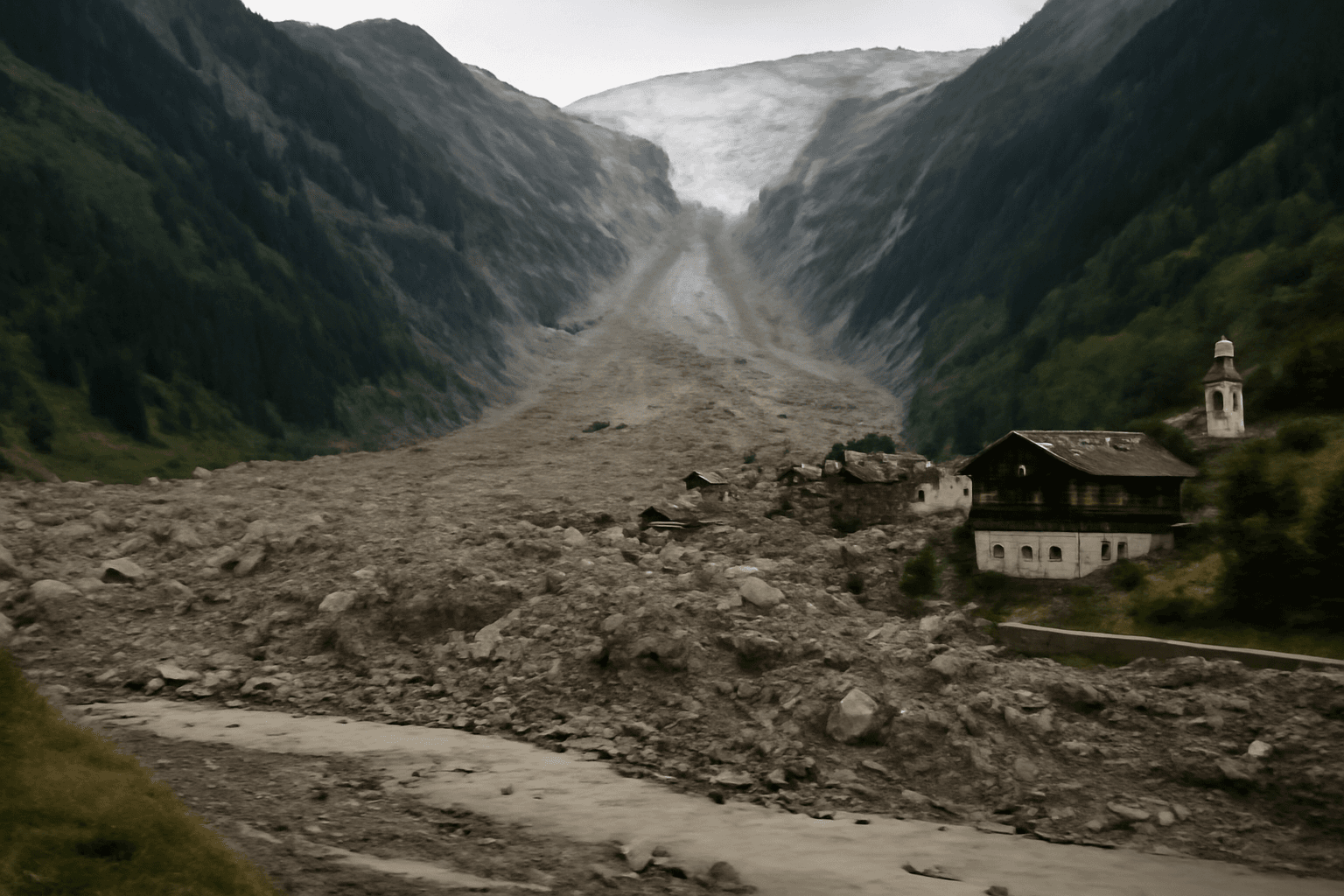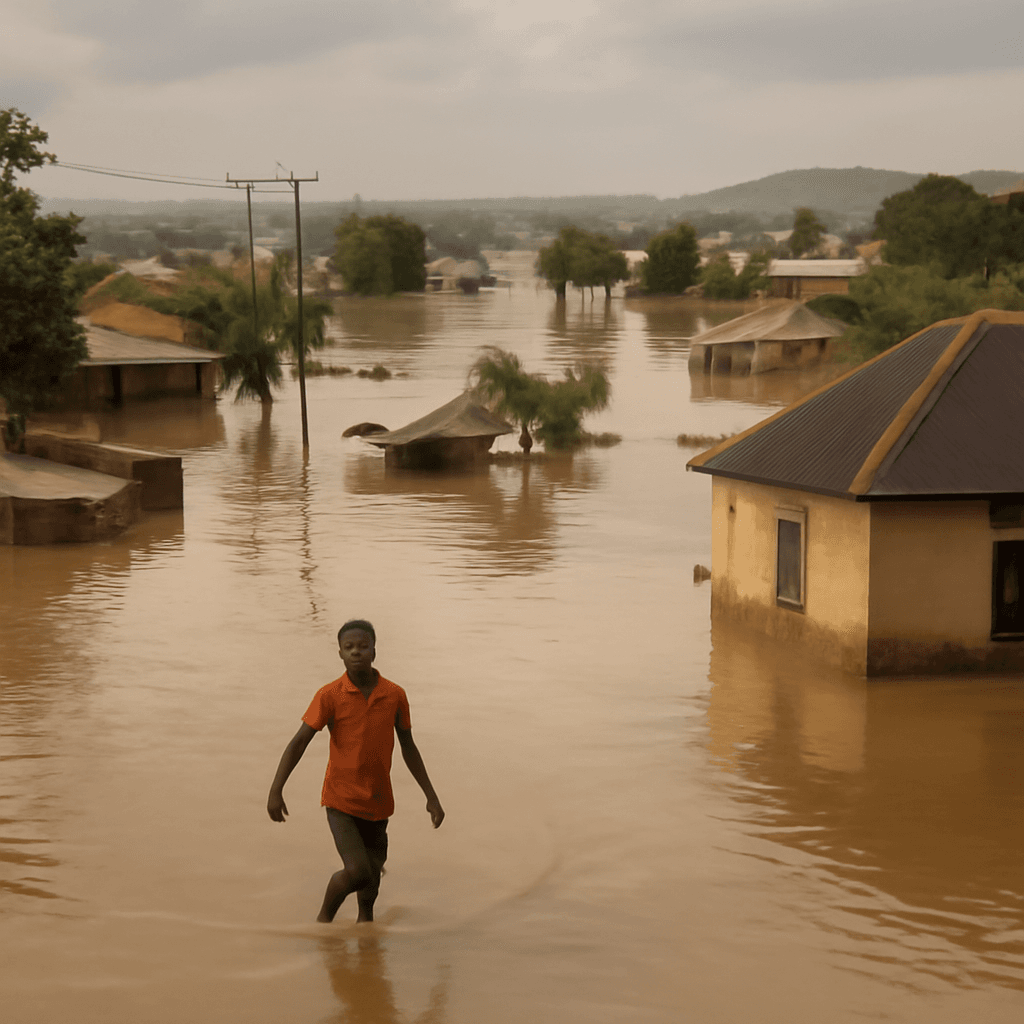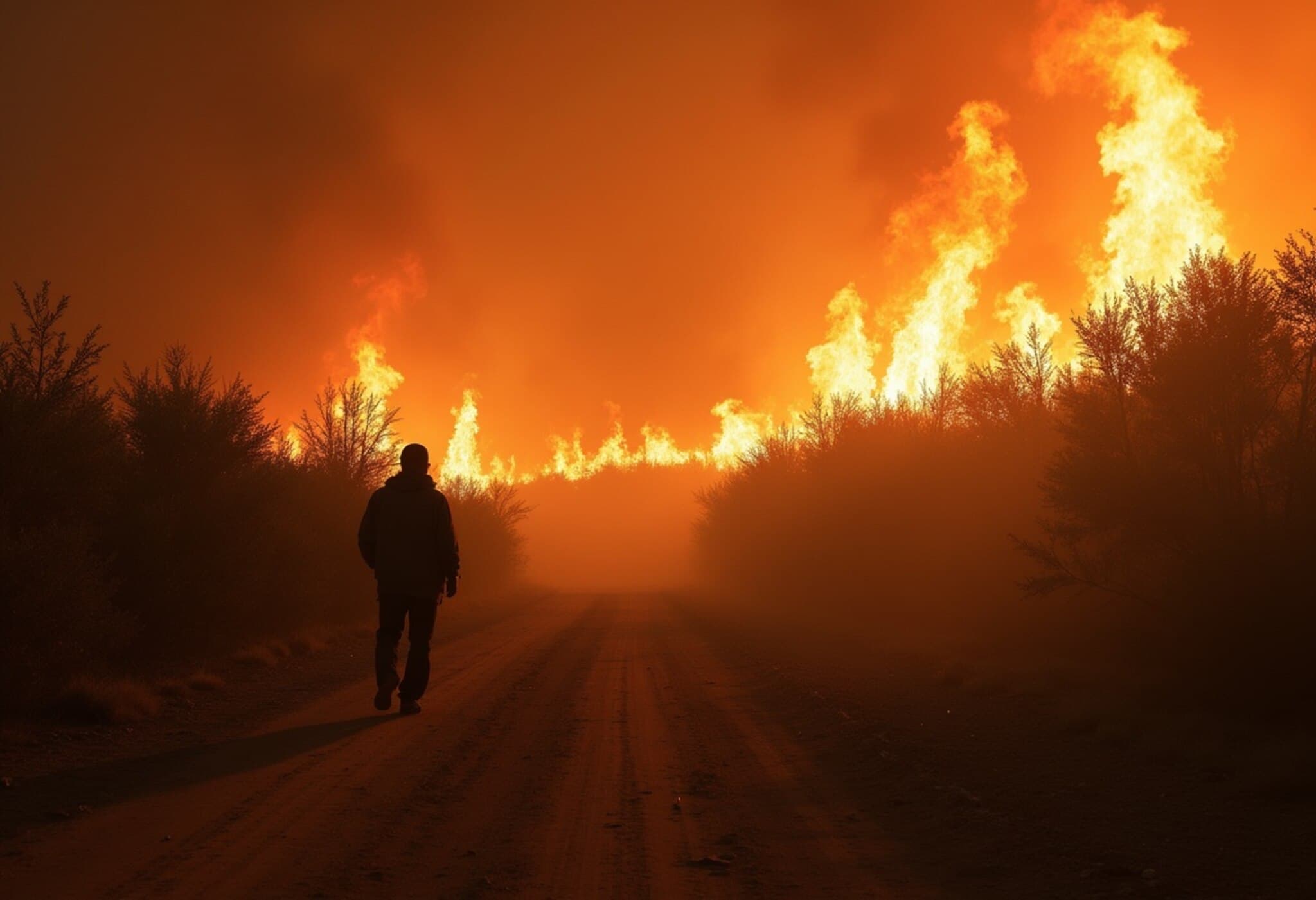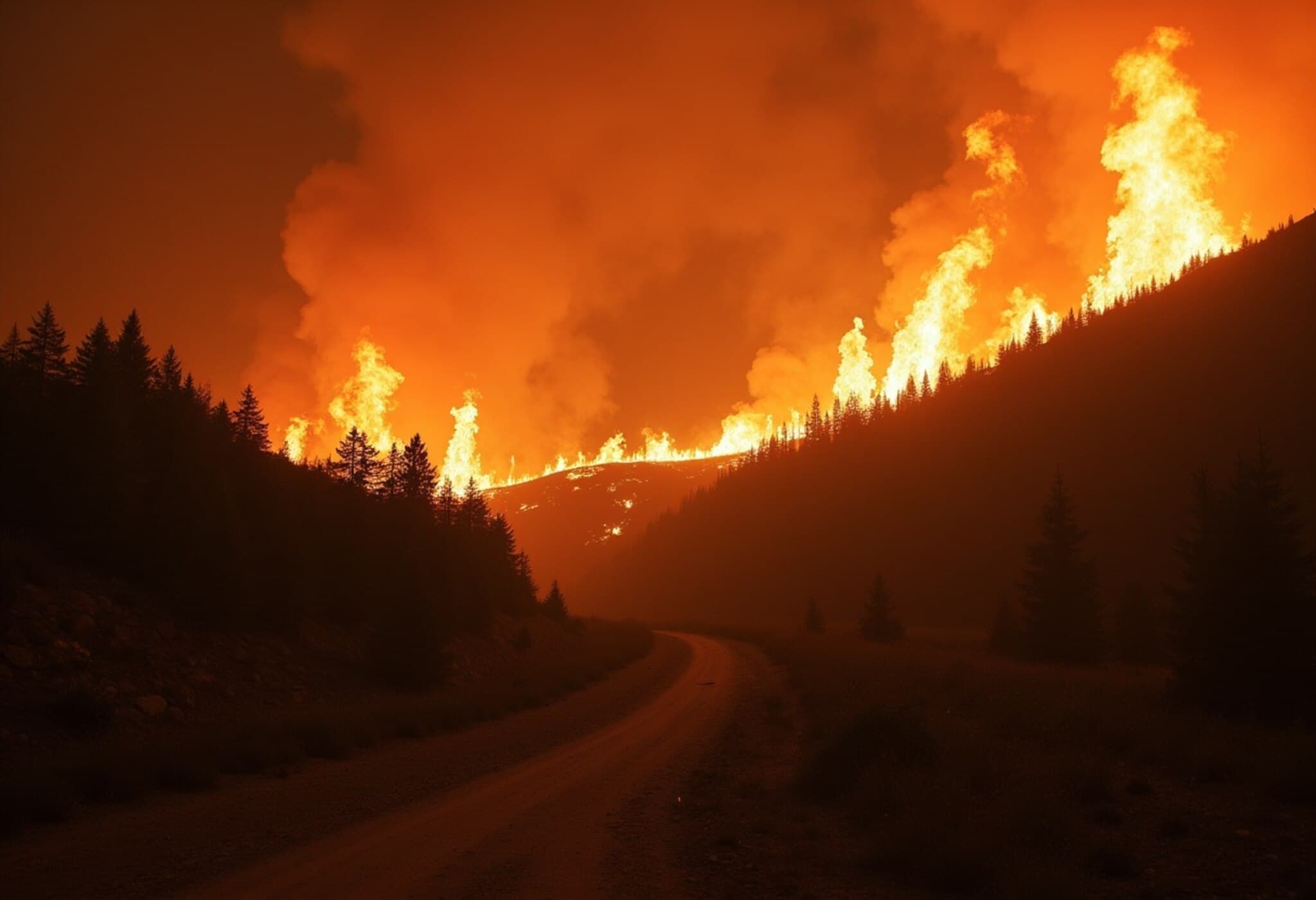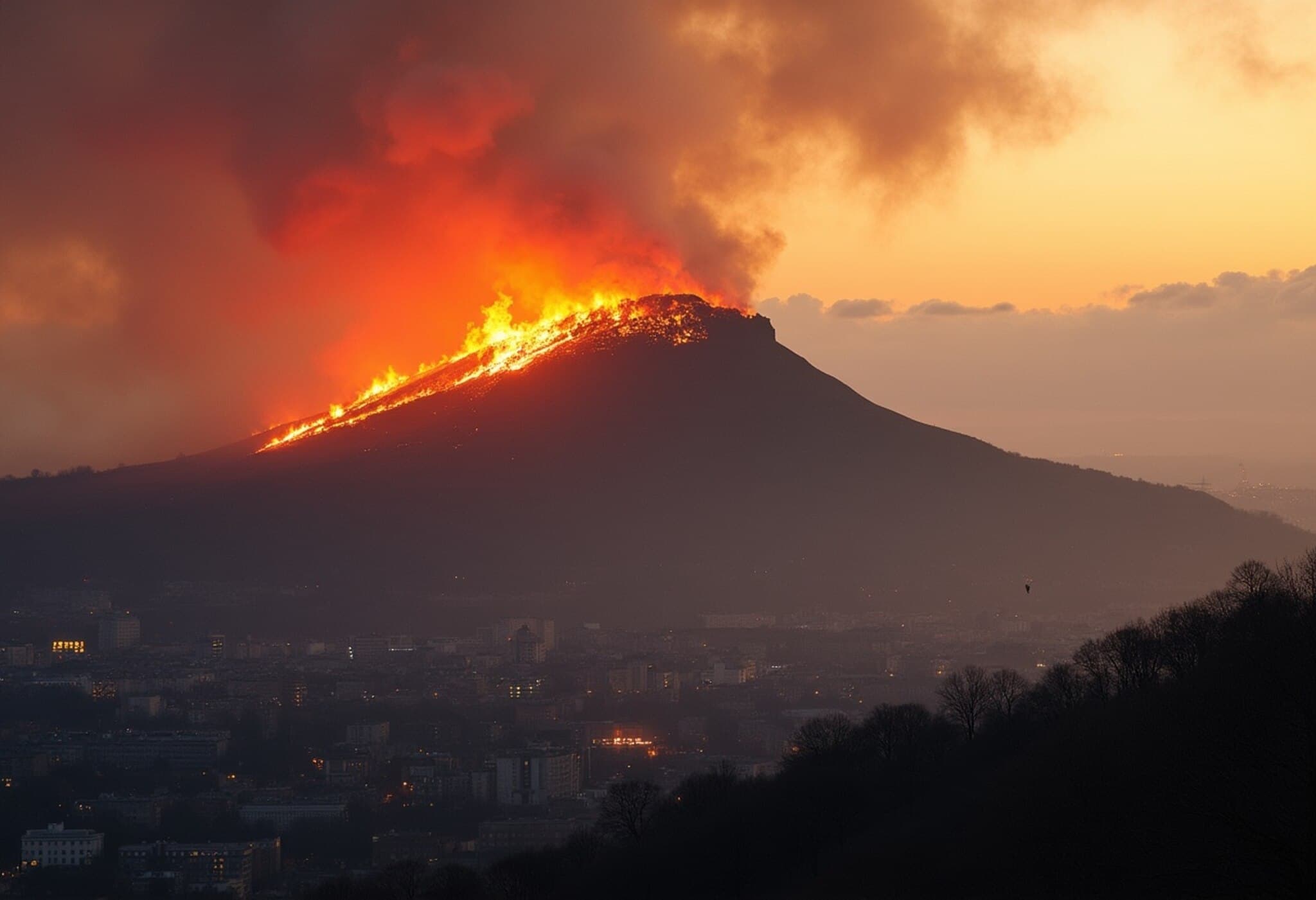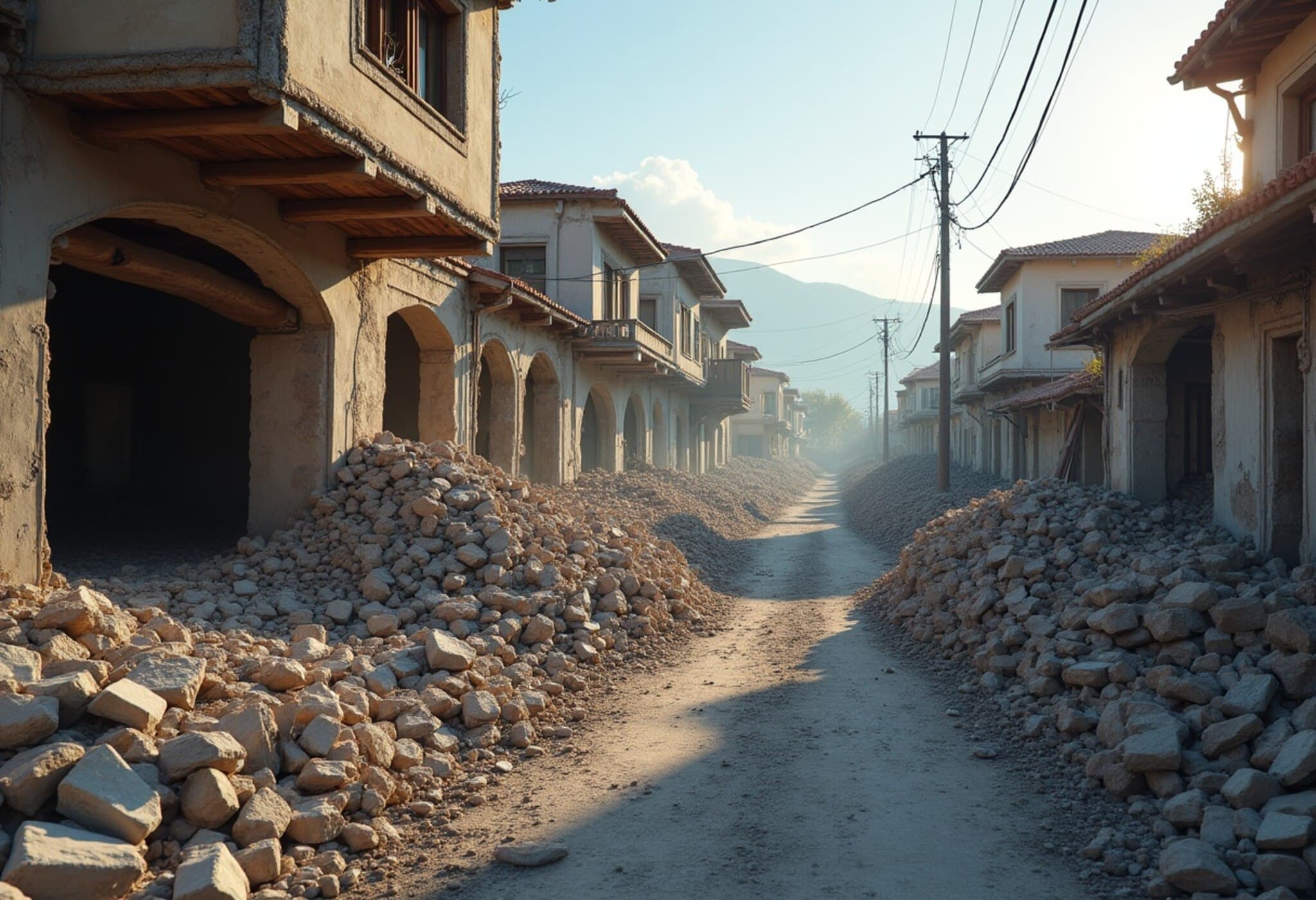Massive Forest Fire Ravages Gallipoli Peninsula, Prompting Large-Scale Evacuations
On August 17, 2025, a devastating wildfire engulfed parts of the Gallipoli peninsula in Turkey's northwestern Canakkale province, forcing over 250 residents across five villages to evacuate swiftly. The fire, fueled by strong winds and a prolonged drought, threatened not only local communities but also the region’s invaluable historic landmarks along the Dardanelles Strait.
Winds, Drought, and Dangerous Flames: An Unfolding Natural Disaster
Starting Saturday near the coastal town of Gelibolu, the wildfire quickly spread across the drought-parched hillsides, illuminated by towering flames visible against the night sky. Canakkale Governor Ömer Toraman reported on social media that the region is enduring an "extremely severe drought," exacerbating fire risks in a popular tourist corridor that includes the ancient ruins of Troy and the historic Gallipoli battlefields where thousands lost their lives during World War I.
“As a precautionary measure, we relocated 251 residents from five villages to safer locations,” Toraman said on X (formerly Twitter), underscoring the government's swift response to protect both people and heritage sites.
Mobilizing a Massive Response Amid Historic Landmarks
To contain the blaze, Turkish authorities deployed an impressive force comprising 12 firefighting planes, 18 helicopters, and 900 specialized personnel, who worked tirelessly through the night and into dawn. The Forestry Directorate reaffirmed their commitment to quelling the flames, even as conditions improved with receding winds on Sunday.
Meanwhile, officials overseeing nearby war memorials announced the temporary closure of access to key historic sites near Eceabat, aiming to safeguard visitors and infrastructure from the ongoing threat.
Broader Context: Fires Across the Region Pose Growing Threats
This incident is part of a worrying uptick in wildfires around the Dardanelles and wider Turkey. Just one day later, another fire across the strait displaced approximately 2,000 people, with around 80 individuals requiring medical treatment for smoke inhalation. Recent days have also seen shipping disruptions through this vital maritime corridor linking the Mediterranean Sea to both the Sea of Marmara and the Black Sea.
According to the European Forest Fire Information System (EFFIS), Turkey has experienced 192 wildfires so far in 2025, devastating more than 110,373 hectares (273,000 acres) of forests and agricultural land. Experts note that rising temperatures and prolonged dry spells linked to human-driven climate change are making these infernos more frequent and intense, posing serious challenges for environmental conservation and public safety.
Expert Insights: Navigating the Intersection of Climate, Heritage, and Human Settlement
As Turkey grapples with this escalating crisis, the Gallipoli wildfire underscores a complex nexus of vulnerability: Communities situated near ecological and cultural treasures face heightened risks as climate extremes intensify. Emergency response agencies must balance firefighting efforts with preserving access to heritage sites that serve as poignant reminders of history.
Environmental policy analysts advise that mitigation strategies should prioritize both enhanced firefighting resources and long-term climate adaptation plans. These include increasing forest monitoring technologies, improving early warning systems, and strengthening community preparedness—especially in drought-prone regions with significant historical landmarks.
Moreover, ongoing public education campaigns about fire safety and climate resilience can empower local populations to better anticipate and respond to future threats.
Looking Ahead: Recovery and Reflection
As flames gradually come under control, questions remain about the ecological impact on biodiversity and the potential damage to invaluable archaeological sites. Restoration efforts will need to be swift and sensitive, ensuring that both nature and heritage are preserved for future generations.
Ultimately, the Gallipoli fire serves as a stark reminder of how climate change not only endangers ecosystems and human settlements but also tests the stewardship of humanity’s shared history.
Editor's Note
While immediate firefighting efforts remain crucial, the Gallipoli wildfire prompts deeper reflection about the sustainable coexistence of human communities and vulnerable environments. How can Turkey—and the global community—strengthen protections for cultural landmarks amid the growing climate emergency? What innovative policies or technologies could preempt similar disasters? Readers are invited to consider these critical questions as we follow ongoing developments.

